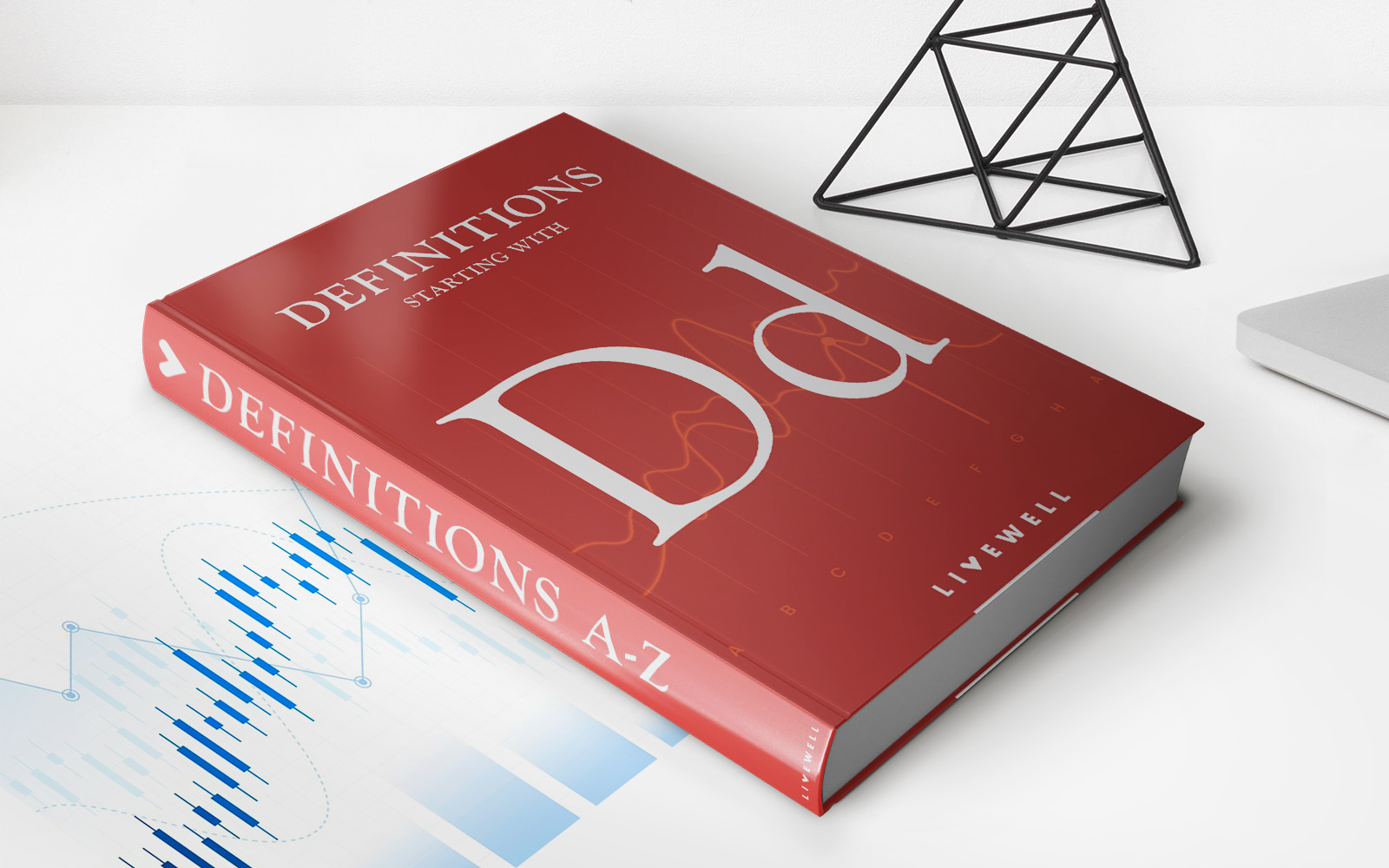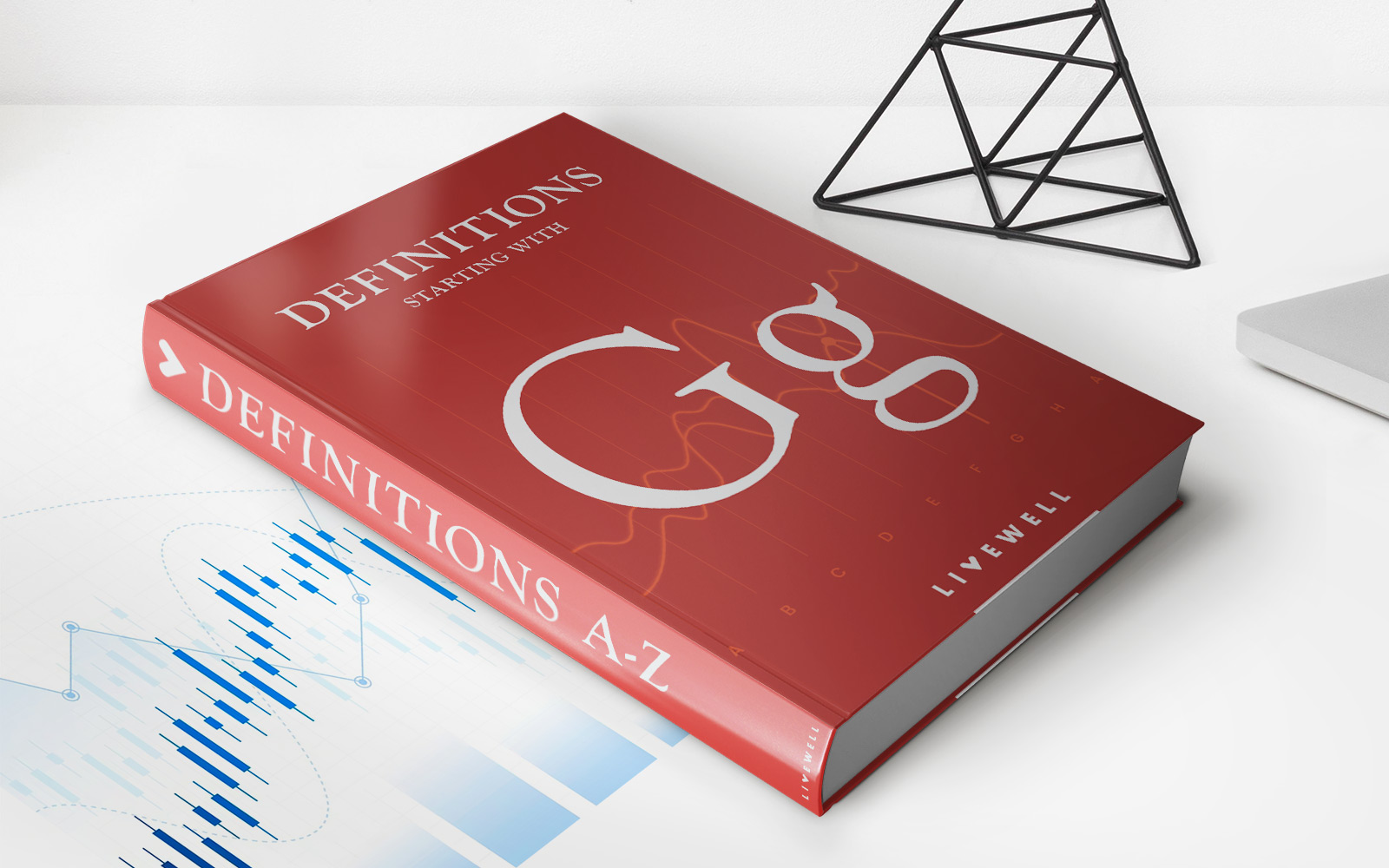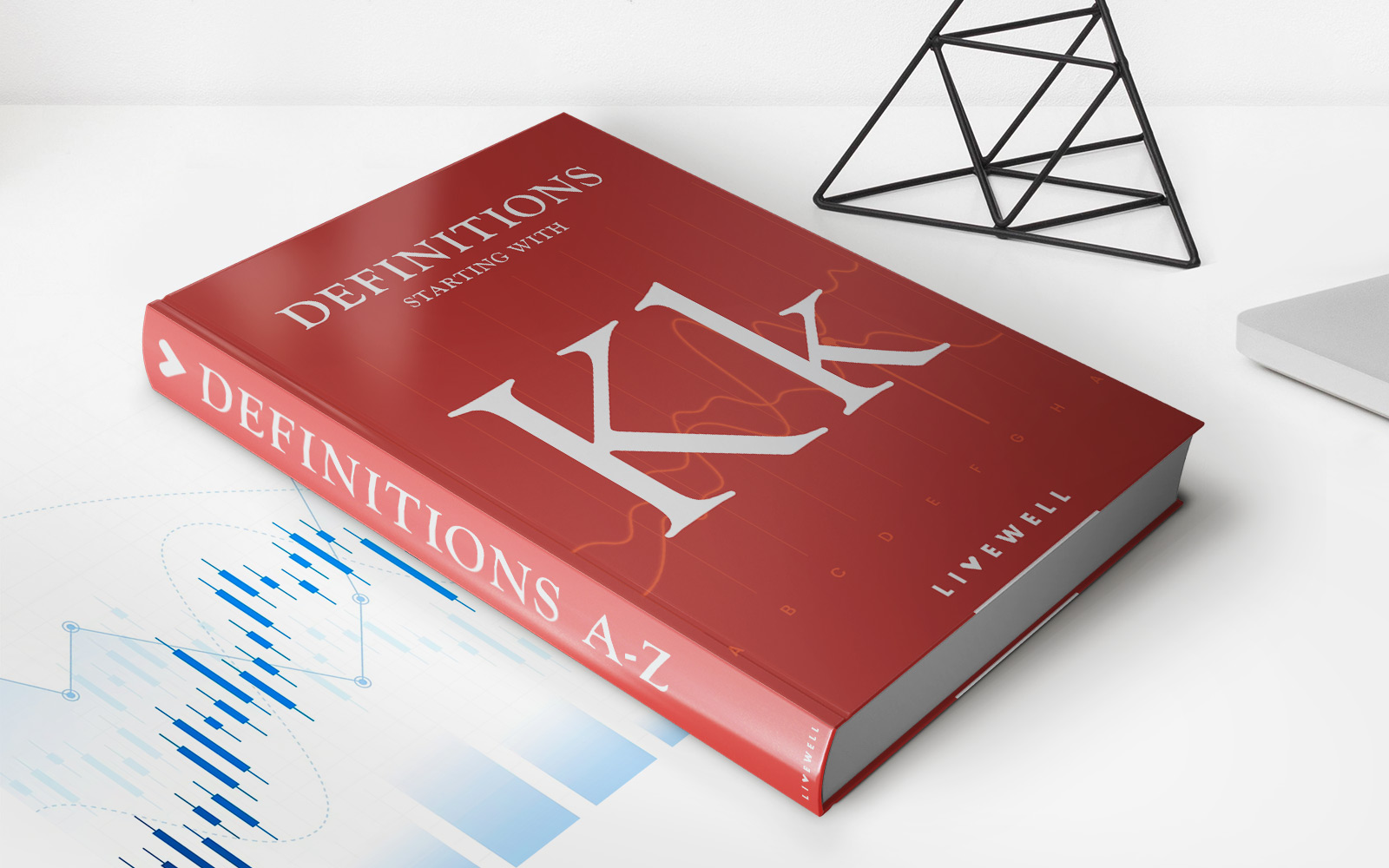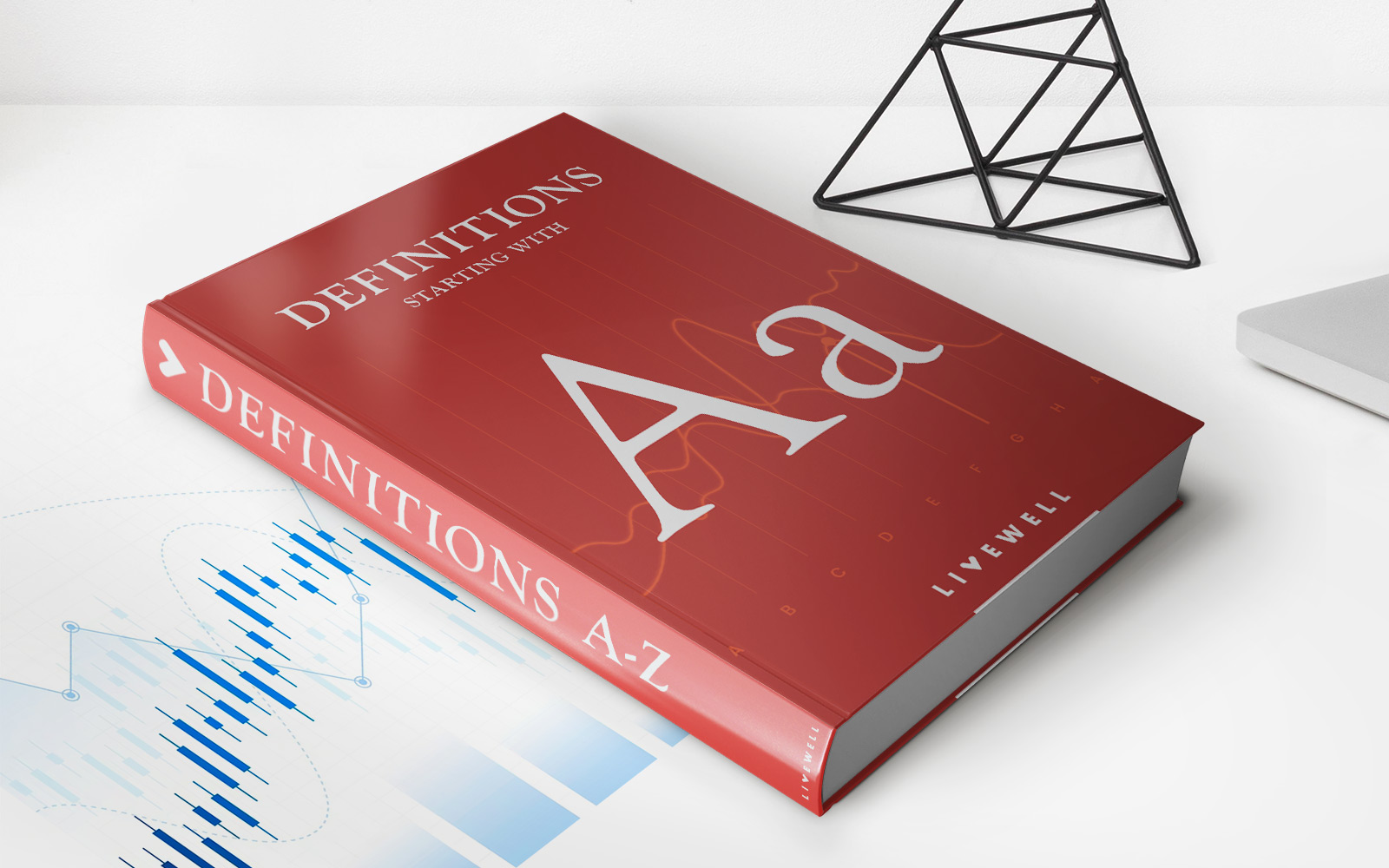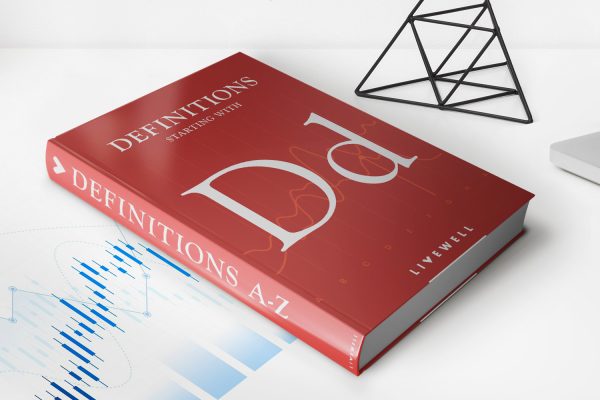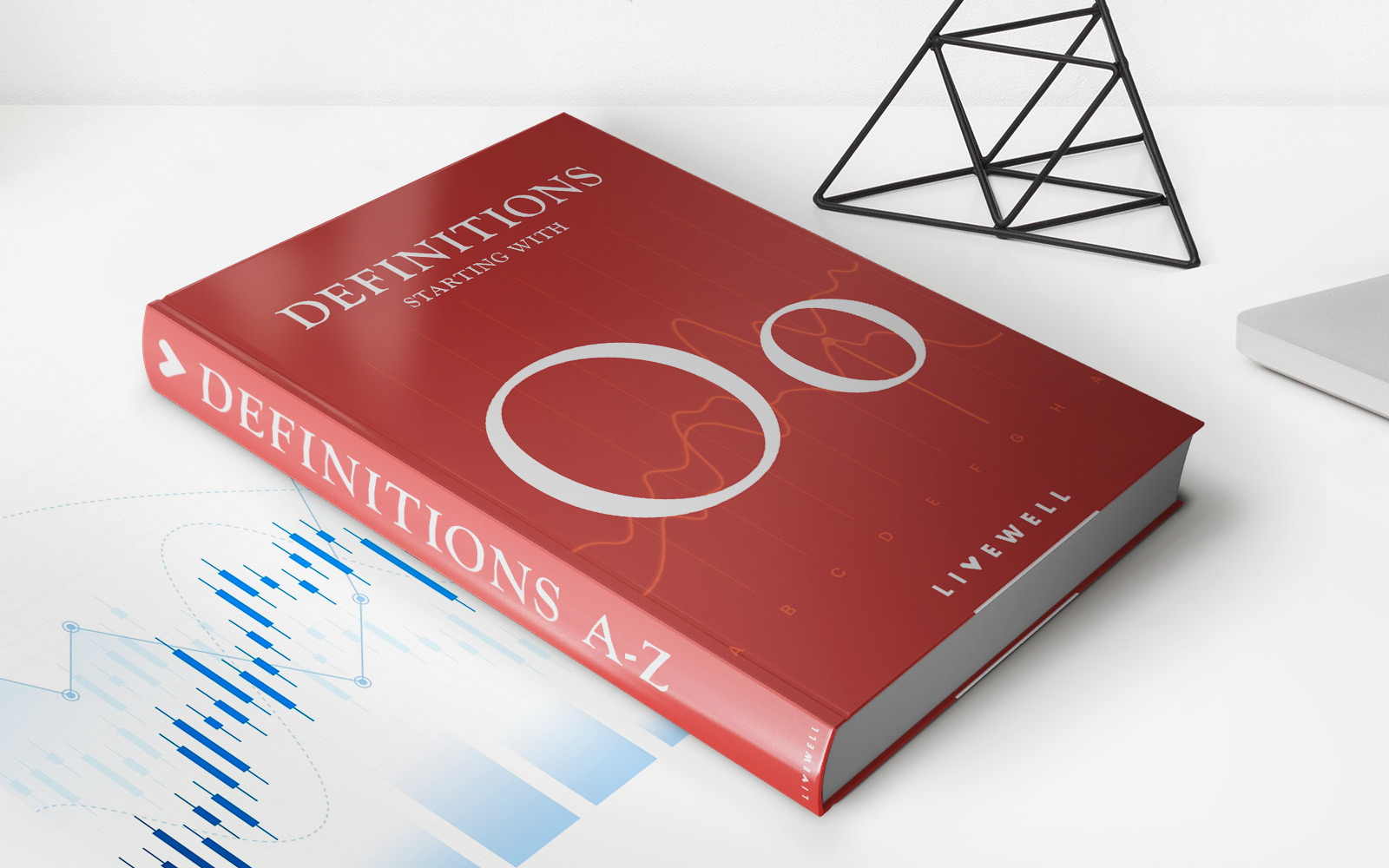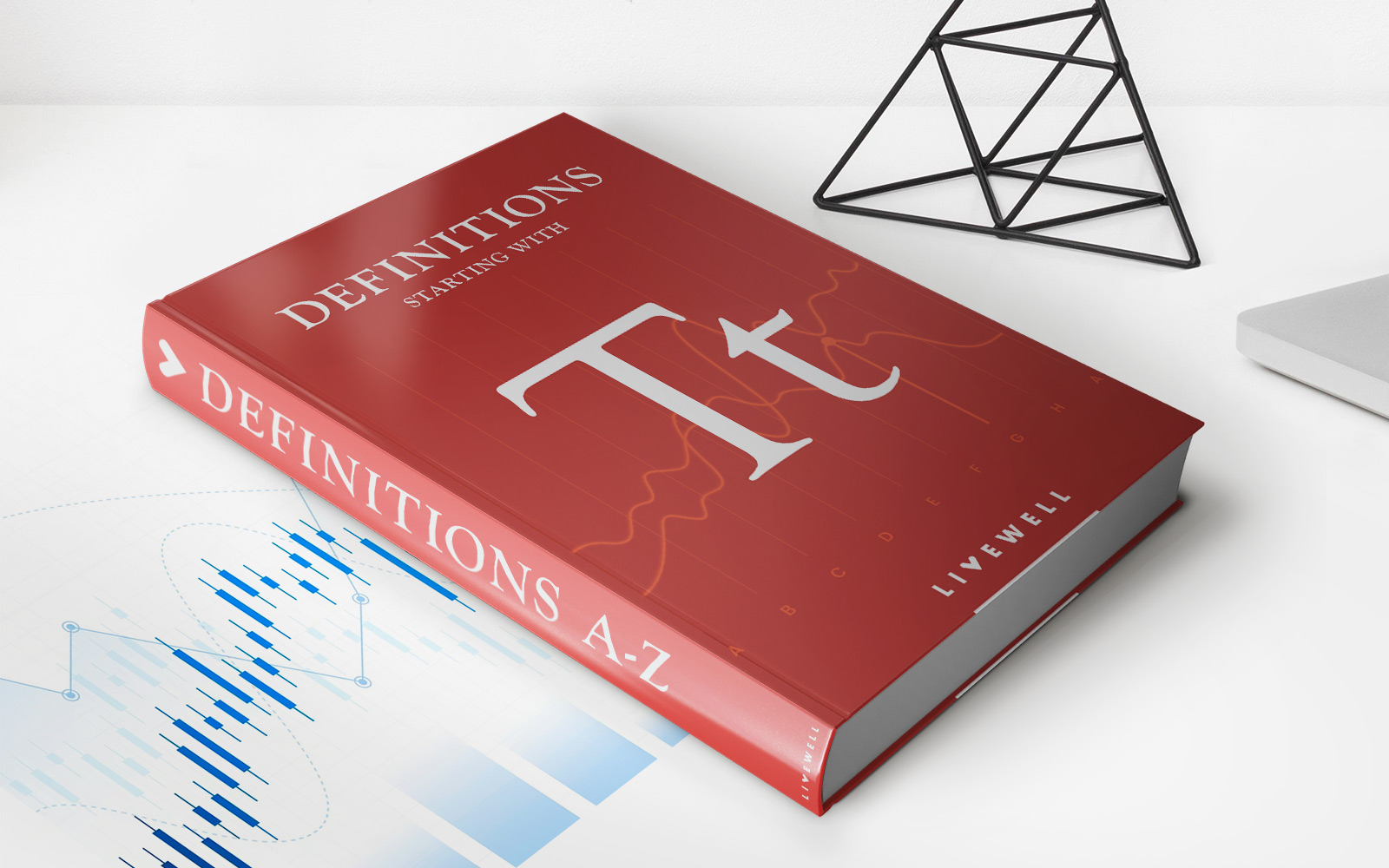Home>Finance>Hindenburg Omen: Definition, 4 Main Criteria, And Example


Finance
Hindenburg Omen: Definition, 4 Main Criteria, And Example
Published: December 5, 2023
Learn about Hindenburg Omen in finance: its definition, 4 main criteria, and an example. Boost your knowledge on market indicators!
(Many of the links in this article redirect to a specific reviewed product. Your purchase of these products through affiliate links helps to generate commission for LiveWell, at no extra cost. Learn more)
What is the Hindenburg Omen?
If you’ve ever wondered if there’s a way to predict stock market crashes, you’re not alone. The Hindenburg Omen is a technical analysis pattern that is said to signal a heightened probability of a stock market crash. It was named after the famous German airship disaster of 1937, as it is designed to identify situations where the stock market may be headed for a similar catastrophic event.
Key Takeaways
- The Hindenburg Omen is a technical analysis pattern that suggests a higher likelihood of a stock market crash.
- The four main criteria of the Hindenburg Omen are: triggering signal, confirmation, weak breadth, and an increase in unusual volume.
4 Main Criteria of the Hindenburg Omen
The Hindenburg Omen consists of four main criteria, and when all four are met, it is said to increase the chances of a market downturn. Let’s take a closer look at these criteria:
- Triggering Signal: The first criterion is a triggering signal, which occurs when the number of new 52-week highs and lows on the New York Stock Exchange is both greater than 2.8% of the total number of stocks traded.
- Confirmation: The second criterion is confirmation, which requires that the McClellan Oscillator (a market breadth indicator) to be negative.
- Weak Breadth: The third criterion is weak breadth, which means that the number of advancing stocks must be less than or equal to twice the number of declining stocks.
- Increase in Unusual Volume: The fourth criterion is an increase in unusual volume, where trading volume must be higher than its 50-day moving average.
Example of the Hindenburg Omen
To better understand how the Hindenburg Omen works, let’s look at a hypothetical example:
Suppose that on a particular trading day, there are a total of 3,000 stocks traded on the New York Stock Exchange. To meet the triggering signal criterion, there would need to be at least 84 new 52-week highs and lows. If this criterion is met, we move on to the other three criteria to analyze the market conditions in more depth. If all four criteria are met, it could indicate an increased probability of a market crash.
Remember, the Hindenburg Omen is just one tool to consider in your investment strategy. While it can serve as a useful indicator, it is important to conduct thorough research and analysis before making any investment decisions. The stock market is influenced by a multitude of factors, and no single indicator can predict its movements with certainty. Stay informed, diversify your investments, and consult with financial professionals to make sound investment choices.
